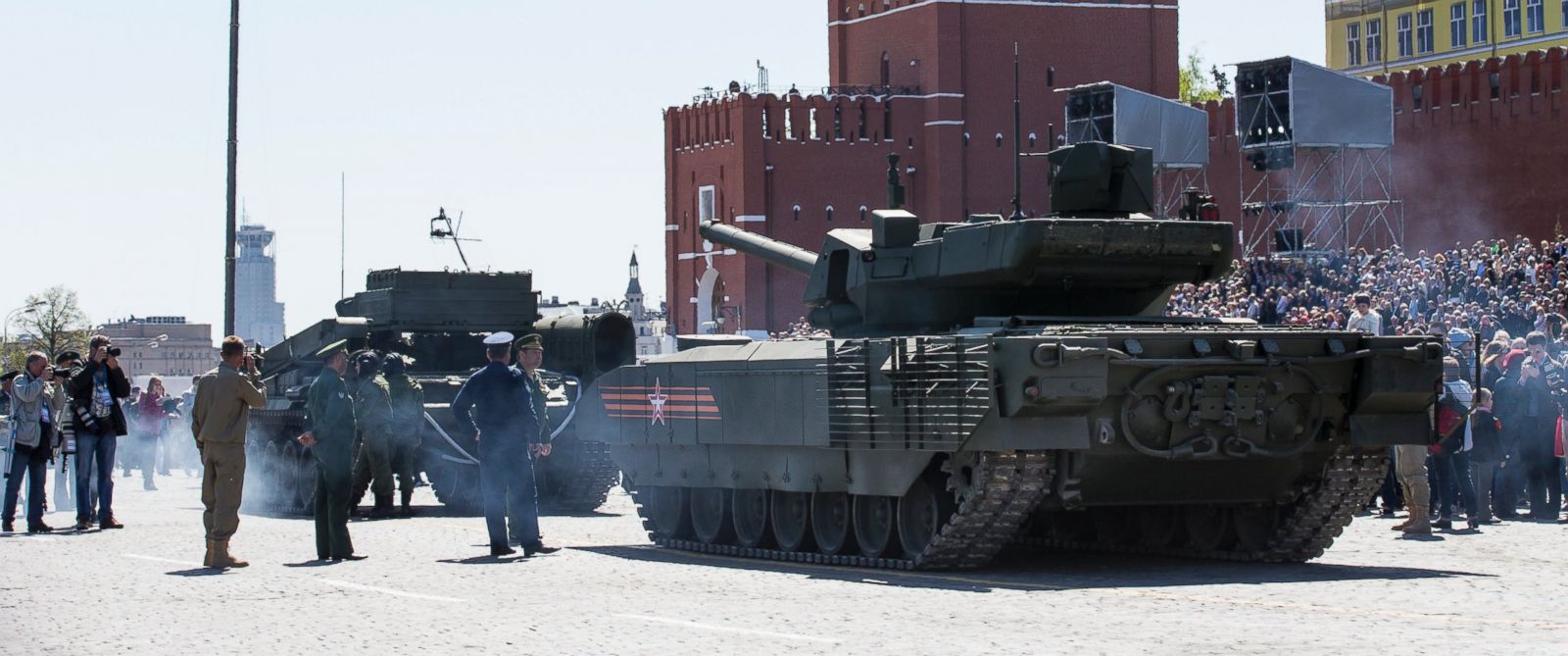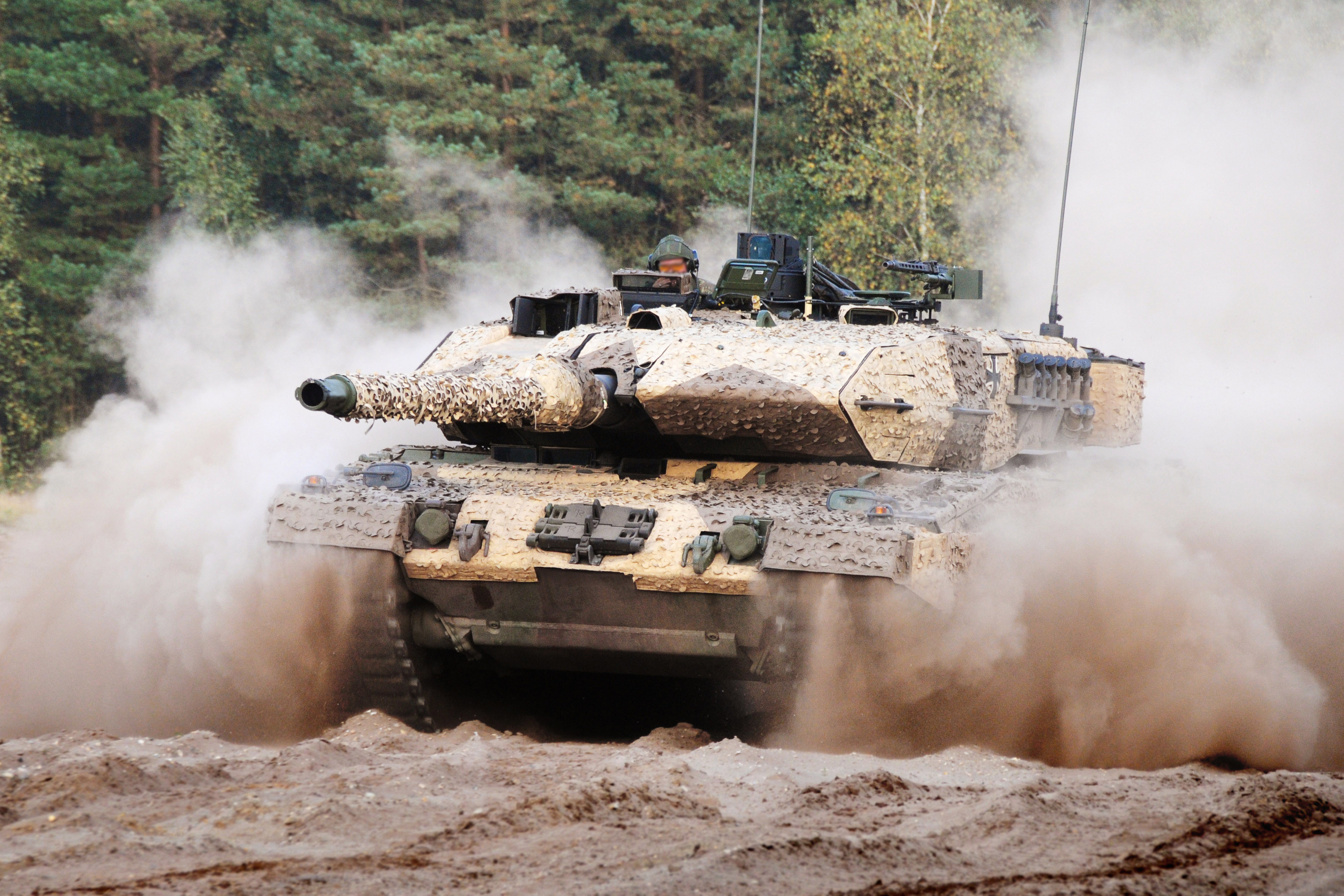- Joined
- Nov 13, 2011
- Messages
- 19,711
- Reaction score
- 5,946
- Location
- kekistan
- Gender
- Male
- Political Leaning
- Socialist
Tougher Times Ahead for Russia

Tow chain is attached to Russian T-14 Armata in Red Square after the high tech wannabe main battle tank broke down in connection with a parade and celebration of Victory in Europe in WW II, 1945. Can't think of a war Russia has won since....or before then either. As if the 20th century wasn't bad enough for Russia, we're now in the 21st century of Russian wrong headed thinking and behaviors.
Egypt has 1,713 of M60 (A3) and 1,130 of the Abrams M1A1 that go in first plus a thousand of the various Russian T-Klunker tanks and 500 of the local Ramses II.
I see in looking at updated numbers Canada has 183 Leopard MBT most of which are deployed to Afghanistan.
India's shooting for 3500 Arjun which outperforms the Russian T-90, T-72 et al, to complement its 2,414 of the T-72 as upgraded significantly by the Polish manufacturers of the PT-91 Polish tank.
Unless Iran is going to enter WW II it is in deep trouble with the Patton M48 and Patton M60 plus a bunch of T-72 and T-62 along with some local Zulfiqar MBT that proved to be a gas can in the Iran-Iraq war. The ayatollahs made the choice some time ago to go nuclear rather than rebuild completely their entire pre-WW II military.
Russia has 10,255 of the T-72 variants, and 4500 of the T-80....plus 4000 of the T-64....fewer than a thousand of the T-90 tank and several dozen of the Armata T-14. Russians are further embarrassed to have nearly 4000 of the T-54 and T-55 neither of which was a bad tank in its day.
Saudi Arabia has a thousand MBT, 145 from France and the rest from USA -- M60A3 and M1A2. Spain has Leopards and M60s while Greece has Leopards only, upwards of 1000. Treaty ally Thailand has several hundred M60 models and some Ukrainian tanks and use only the Ukraine sourced tanks for their regular and many military coups.
Turkey of course has the largest military in Nato-Europe:
750 German Leopard 1 & 2 upgraded continually
1062 of USA M60 variants
850 of the USA M48A5T2 to include M60A3 thermal imaging, fire control systems and laser rangefinder.
Mexico hasn't any MBT which might be why Trump picks on 'em a lot.
Indias arjun is not close to being implemented, has been in development for around 40 years, and is currently having israel help them to finish the final design, the arjun follows the same issues russia had with the t-80, and luckily they may one day finish it as israel is very experienced in not just tank design but tank warfare itself.
The abrahms numbers do not mean squat, it comes down to what those abrahms can do, the american abrahms have advanced anti guided missle protections and depleted uranium armor, as well as extremely advanced firing systems. The export model those countries are getting is nothing more than stripped down junk with the expectation they provide their own reactive armors, advanced guidance systems etc, iraq and saudi have been losing those tanks, iraq ditched the abrahm in favor of the t-90 which is fully equipped to the domestic version minus the electronic countermeasures, vs the m1 at twice the cost and being roughly equal to a non upgraded early production model.
Fyi you brought up ww2 with iran, iran got american goods up until their revolution in 1979, the m48 and m60 are not ww2 tanks, both are post ww2 tanks, and the m60 is extremely good at what it is, a medium armored tank, it's only major flaw is countries who try to use it for more than it was meant to be, it was good enough the marines still used them in the gulf war.
And why no mention of the leclerc french tank, the most expensive tank on the market, france and the uae use those tanks, granted combat numbers are minimal for it, but in those minimal occassions it did quite well, granted it costs about double what an abrahms does and 4 times what a t-90 costs.

